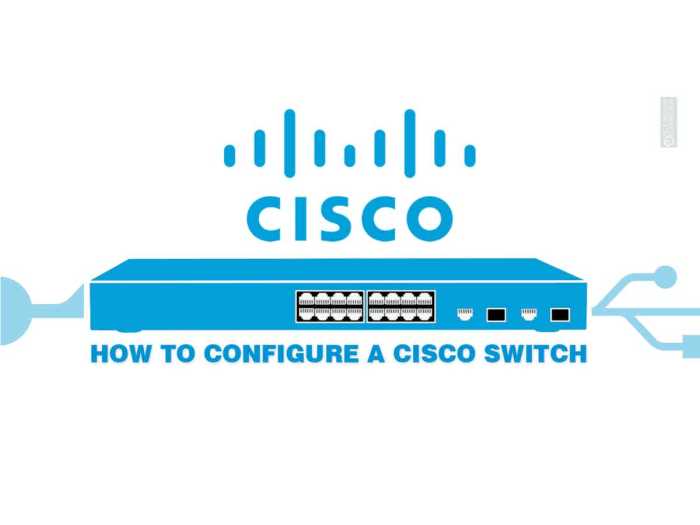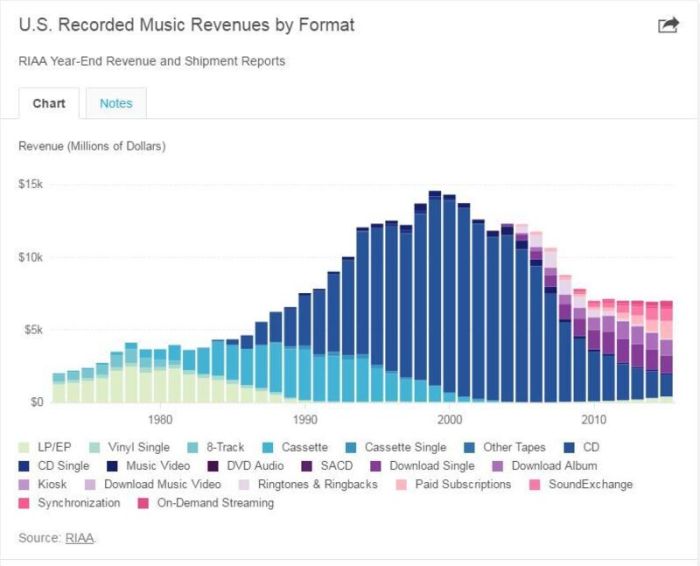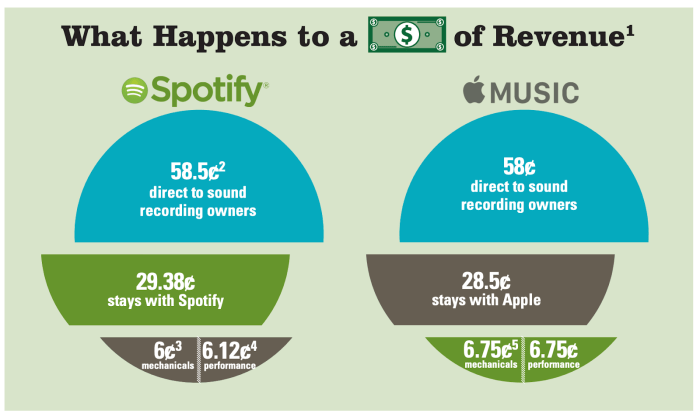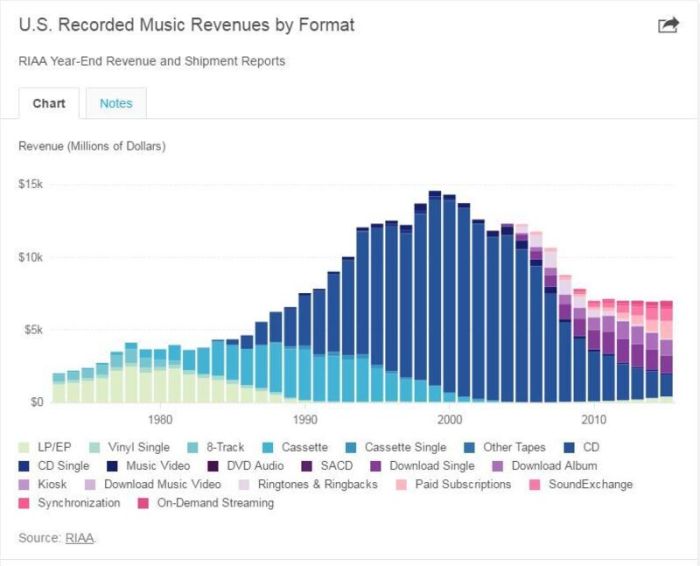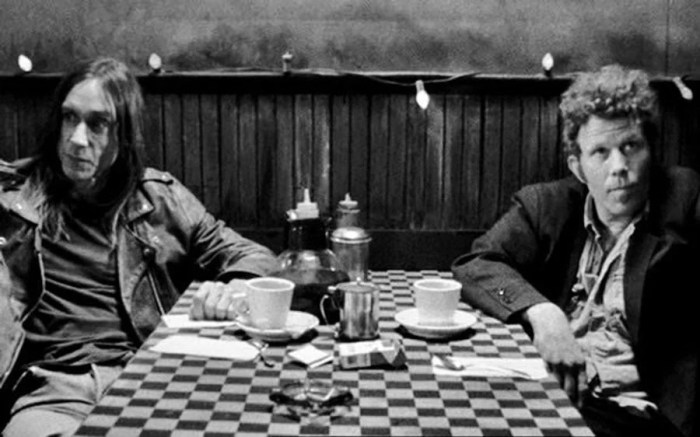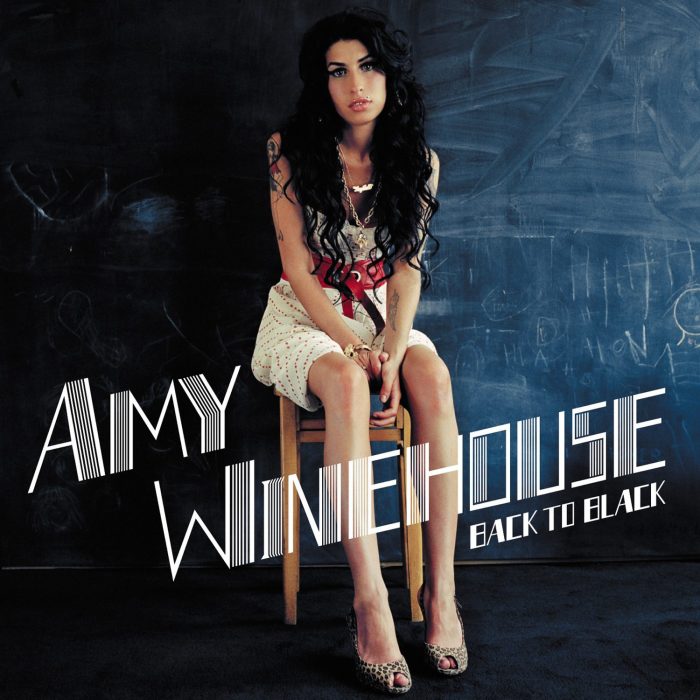Organize Your Trading Cards, a comprehensive guide to maximizing your collection’s potential. From meticulously sorting by set and type to crafting visually stunning displays, this guide provides practical strategies for every stage of your trading card journey. We’ll explore various storage methods, from traditional binders to digital databases, ensuring your collection remains pristine and accessible.
This in-depth look at organizing trading cards covers everything from initial setup to long-term maintenance, addressing both the practical and aesthetic aspects of building a truly valuable and enjoyable collection. We’ll explore different strategies, emphasizing both physical and digital approaches, ensuring your cards are not just stored but treasured.
Introduction to Trading Card Organization
Collecting trading cards can be a rewarding hobby, but the sheer volume of cards can quickly become overwhelming without proper organization. A well-organized collection not only preserves your cards for years to come but also enhances your enjoyment of the hobby. Proper storage and display methods help you appreciate your cards, discover hidden treasures, and make your collection a source of pride.Organizing your trading cards involves more than just putting them in a box.
It’s a system designed to protect your investment, maximize your enjoyment, and facilitate efficient retrieval of specific cards. Different methods cater to various needs and preferences, from compact storage to elaborate displays. A consistent organizational system ensures that your collection remains manageable and accessible, no matter how large it grows.
Benefits of Organizing Trading Cards
A well-organized collection allows for easier identification and retrieval of specific cards. This is crucial for collectors wanting to complete sets, trade with others, or participate in competitions. Consistent organization also minimizes the risk of damage or misplacement, ensuring your cards remain in pristine condition. Further, a visually appealing display can enhance the overall enjoyment and pride you take in your collection.
Different Methods for Storing and Displaying Cards
Various methods exist for storing and displaying trading cards, each with its own set of advantages and disadvantages. Some methods prioritize protection, while others focus on aesthetic presentation.
- Card Sleeves: Card sleeves are thin, plastic protectors that safeguard individual cards from damage, dirt, and scratches. They’re ideal for cards needing maximum protection and are especially beneficial for cards that need to be handled frequently or are particularly valuable.
- Card Albums: Card albums offer a structured way to display cards in a visually appealing manner. They come in various sizes and styles, often with pre-cut slots for individual cards. They provide a classic and organized display but can be less protective than sleeves.
- Binders: Card binders, often used with page protectors, offer a flexible and customizable storage solution. They allow for easy access and rearrangement of cards, making them perfect for organizing large collections or those needing frequent retrieval. They are also a cost-effective way to store a large number of cards, especially if you prefer to store them by set or category.
- Custom Display Cases: Custom display cases offer an excellent way to present prized cards or entire sets in a prominent and attractive manner. These cases provide both protection and aesthetic appeal. They can be expensive, but the ability to show off a collection to friends and family often outweighs the cost.
Examples of Storage Solutions
The optimal storage solution depends heavily on the type and size of the cards. For instance, larger cards might require binders with larger page protectors.
| Storage Solution | Card Type/Size | Pros | Cons |
|---|---|---|---|
| Card Sleeves | All card types; especially valuable cards | Maximum protection; easy to handle individual cards | Can be bulky for large collections; not ideal for display |
| Card Albums | Standard-sized cards; complete sets | Visually appealing; easy to view complete sets | Limited flexibility; less protective than sleeves |
| Binders | All card types; especially large or oversized cards | Flexible organization; easy to access individual cards | Requires page protectors; not as visually appealing as albums |
| Custom Display Cases | Prized cards or entire sets | Excellent presentation; maximum protection | Expensive; not ideal for frequently accessed cards |
Importance of a Consistent Organizational System
A consistent organizational system is paramount to managing a growing collection. This involves establishing clear categories, consistent labeling, and a defined method for adding new cards to the collection. A structured approach minimizes confusion, maximizes accessibility, and ensures the long-term preservation of your cards.
Organizing by Set and Type
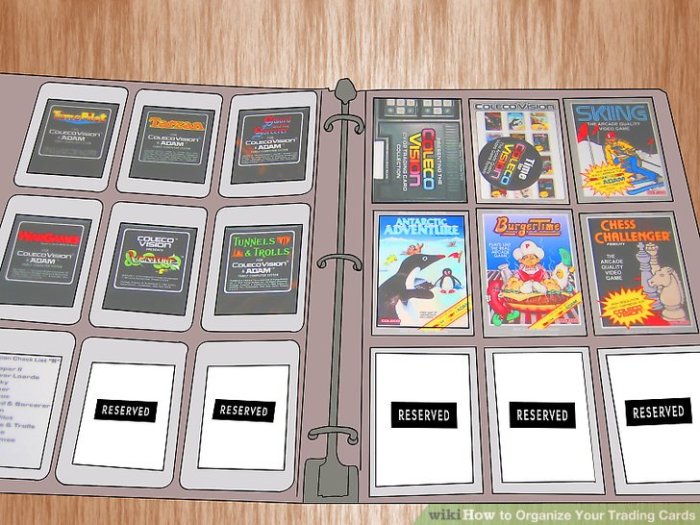
Organizing trading cards by set and type is a crucial step in building a well-structured collection. This method allows for easy identification, retrieval, and appreciation of the cards’ historical context and value. Understanding the specific characteristics of each set, combined with the variety of card types within them, enhances the overall experience of collecting and managing the cards.
Beyond the aesthetic appeal, it provides a solid foundation for future research and potential investment opportunities.Grouping cards by set provides a clear chronological and thematic view of the collection. This allows collectors to trace the evolution of the trading card series, identify cards from specific promotional events, and appreciate the distinct styles and designs that different sets offer.
Advantages of Organizing by Set
Grouping cards by set offers numerous benefits. It facilitates quick identification of cards from a particular set, allowing collectors to quickly locate and study cards related to a specific theme or period. This method also aids in tracking the completeness of a set, making it easy to spot any missing cards and focus on completing it.
Methods for Sorting Cards Within a Set
Several methods can be used to further organize cards within a set. Sorting by rarity is a common approach, placing the most valuable or rare cards in prominent locations, or in dedicated showcases. Another method involves arranging cards numerically, based on the card’s assigned number within the set, which is useful for keeping the set’s order intact. Card type can also be a crucial factor for organization.
- Rarity: Rarity-based sorting provides a clear hierarchy of card value and desirability within a set. The most sought-after and rare cards, such as those from promotional releases or featuring prominent characters, are typically placed in prominent positions or special display cases, to ensure their preservation and to facilitate their display.
- Number: Numerical sorting ensures the cards maintain their intended order within the set, allowing collectors to view them sequentially, tracking their progression or unique design elements.
- Card Type: Sorting cards by type (e.g., Pokémon, Magic: The Gathering, etc.) further refines the organization. This is particularly helpful when a set contains a variety of card types, making it easier to find specific types. For example, a Pokémon set might include basic Pokémon, trainer cards, energy cards, and special cards.
Maintaining a Record of Cards Within a Set
Maintaining a record of cards within a set is vital for several reasons. It enables collectors to track the completeness of a set, allowing them to identify missing cards or cards that might have been misplaced. It also serves as a reference point for future research, potentially providing valuable information about card values or historical context.
Organizing your trading cards can be surprisingly satisfying, like curating a mini-museum of collectible treasures. It’s a bit like the way the people at Pitchfork Music Festival Paris the people of pitchfork music festival paris carefully curate the diverse experiences of the festival-goers. Ultimately, both activities require careful thought and attention to detail to make the most of the experience, whether you’re showcasing your favorite Pokémon or planning your perfect festival weekend.
- Tracking Completeness: A record helps to maintain a comprehensive inventory, noting any missing cards or duplicates. This enables collectors to identify and focus on completing their sets.
- Future Research: A record of cards can provide valuable information for future research, potentially uncovering interesting facts about card values, historical context, or the set’s overall evolution.
Card Type Organization Within a Set
A comprehensive table can showcase the different card types and their organization within a set. This structured approach ensures all card types are categorized efficiently, regardless of their rarity.
Organizing your trading cards can be a real challenge, but it’s so rewarding to have everything neat and categorized. It’s like having a mini-museum of your favorite collectible characters, and it’s definitely a great hobby! Plus, checking out how the National band was filmed on The Mindy Project offers a cool behind-the-scenes peek at the creative process watch the national on the mindy project behind the scenes.
Ultimately, whether you’re arranging cards or just appreciating the creative magic, it’s all about the passion and the fun of collecting!
| Card Type | Organization Method | Example |
|---|---|---|
| Basic Pokémon | Alphabetical order by Pokémon name | Pikachu, Charmander, Bulbasaur |
| Trainer Cards | Alphabetical order by trainer name or ability | Professor Oak, Pokémon Center |
| Energy Cards | Color-coded organization or by type (e.g., Fire, Water, Grass) | Fire energy, Water energy |
| Special Cards | Rarity or special designation | Rare Holofoil cards, Promotional cards |
Rarity vs. Set Number Organization
Rarity-based organization prioritizes card value and desirability, potentially making high-value cards easily visible. Set number organization, on the other hand, ensures the cards are arranged in their original order within the set, maintaining the intended flow and chronology of the collection. Both methods are valuable depending on the collector’s priorities.
Storage Solutions and Materials
Protecting your valuable trading cards is crucial for their longevity and enjoyment. Proper storage prevents damage from bending, scratching, and warping, ensuring your collection remains pristine for years to come. The right storage solutions can make all the difference in preserving your cards’ value and condition.Careful selection of storage materials and methods is paramount to maintaining the quality and value of your trading card collection.
Different card types and conditions necessitate varying approaches. Choosing the right storage solutions will help you avoid costly mistakes and maintain the integrity of your collection.
Card Sleeves
Card sleeves are a fundamental component of protecting trading cards. They create a protective barrier against scratches, dust, and bending. Sleeves are available in various materials and thicknesses, allowing you to choose the optimal protection for your cards. A key benefit is the ability to easily organize and store cards in binders and albums.
Toploaders
Toploaders are an essential addition for maximizing card protection. They are often used in conjunction with card sleeves to offer an extra layer of security. Toploaders provide a cushioned surface, preventing direct contact between the card and the binder or album pages, further mitigating damage. Toploaders are excellent for showcasing and storing high-value cards or cards with delicate designs.
Binders and Albums
Binders and albums are crucial for organizing and displaying your trading cards. They provide a structured system for storing and showcasing your collection. Choose binders or albums with sturdy construction and appropriate page size to accommodate your cards. Proper card positioning and alignment within the binder or album are essential to prevent damage.
Storage Material Comparison
| Storage Material | Pros | Cons |
|---|---|---|
| Card Sleeves (plastic) | Excellent protection against scratches, dust, and bending. Variety of thicknesses for different needs. | Can be prone to cracking or warping if exposed to extreme temperatures. |
| Toploaders (plastic) | Additional layer of protection against damage. Often used for high-value or delicate cards. | Can be more expensive than card sleeves. |
| Binders/Albums (cardboard or hard plastic) | Organized storage, easy to view cards. | May not offer the same level of individual card protection as sleeves and toploaders. |
| Storage Boxes (cardboard or plastic) | Secure storage for bulk cards or cards not needing immediate display. | Less protective than sleeves or toploaders for individual cards. May not be ideal for displaying cards. |
Proper Card Handling and Storage, Organize Your Trading Cards
Proper handling and storage are crucial for preserving the condition of your cards. Avoid touching the card surface directly, always handling them by the edges. Store your cards in a cool, dry environment away from direct sunlight and extreme temperatures. Regularly inspect your cards for any signs of damage and address any issues promptly. Proper storage practices will extend the life and value of your trading card collection.
Proper handling and storage significantly reduce the risk of damage to your trading cards, preserving their value and beauty over time.
Organizing your trading cards can be a fun hobby, especially when you’re collecting a set like “la luz big big blood”. Finding a system that works for you, whether it’s by rarity, release date, or even theme like the captivating la luz big big blood cards, is key. Ultimately, a well-organized collection makes it easier to enjoy your cards and track your progress.
Digital Organization and Databases
Taking your trading card collection beyond physical organization opens up a world of possibilities for managing and appreciating your cards. Digital tools provide efficient tracking, detailed analysis, and a convenient way to share your collection with others. This approach can significantly enhance your overall trading card experience.
Benefits of Digital Tools
Digital tools offer a myriad of advantages over purely physical methods. They enable easy searching, detailed cataloging, and remote access, making your collection more accessible and manageable. You can quickly find specific cards, track their value changes, and even share information with other collectors. This accessibility can be invaluable for trading, selling, or simply enjoying your collection.
Creating a Digital Inventory
A digital inventory is a cornerstone of digital organization. It’s a structured record of your cards, enabling you to track key information. Spreadsheet software like Google Sheets or Microsoft Excel are excellent choices for basic inventories. Dedicated trading card apps, such as specialized card management programs, can provide more advanced features. Creating this inventory allows for efficient management of your collection and facilitates tracking of individual card details.
Inputting Card Data
Inputting card data into your digital database is a straightforward process. For spreadsheets, you’ll create columns for various card attributes, including set, rarity, card number, condition, and any other pertinent details. Dedicated apps often have pre-designed templates to guide you through the input process. This process is essential for a well-organized digital record of your collection. Example: A spreadsheet column might list the card’s name, set, rarity, and condition grade.
Linking Digital and Physical Records
Maintaining consistency between your digital and physical records is crucial. Use a system for unique identification numbers or barcodes to link physical cards to their digital counterparts. This can involve photographing each card and associating the image with its digital record. This cross-referencing helps prevent errors and ensures accurate tracking of your collection.
Comparison of Digital Tools
The following table compares different digital tools for managing trading card collections. Consider factors like features, ease of use, and cost when making your choice. This comparison will assist in selecting the optimal tool for your specific needs.
| Tool | Features | Ease of Use | Cost | Example |
|---|---|---|---|---|
| Spreadsheet Software (Google Sheets, Excel) | Basic data entry, sorting, filtering | Relatively easy to learn | Free or low cost | Track card names, sets, and quantities. |
| Dedicated Trading Card Apps | Advanced features, card images, community forums | Variable, depending on the app | Subscription or one-time purchase | Manage your collection, track values, and connect with other collectors. |
| Specialized Card Management Programs | Comprehensive database features, advanced search, import/export options | Steeper learning curve | Subscription or one-time purchase | Sophisticated inventory tracking, detailed analysis, and advanced reporting. |
Creating an Organized Display: Organize Your Trading Cards
Transforming your trading card collection from a chaotic pile to a visually stunning display is a rewarding process. A well-organized display not only protects your cards but also enhances their aesthetic appeal, making them a source of pride and enjoyment. This step is crucial in maximizing the value and appreciation of your collection.A meticulously arranged display can elevate your cards from mere collectibles to cherished pieces of art.
Strategic placement and thoughtful design choices contribute to a captivating visual experience. The method you choose will depend on your collection size, budget, and personal style. Careful consideration of these factors is essential for a display that reflects your unique tastes.
Display Methods for Visual Appeal
Effective display methods enhance the visual appeal of your collection, making it more enjoyable to view and appreciate. Employing diverse techniques allows you to showcase your cards in a dynamic and engaging manner. Consider incorporating different lighting, background elements, and presentation styles.
- Using Binders: Binders provide a structured and organized method for displaying cards. They are ideal for smaller collections or specific sets. High-quality binders with protective sleeves offer excellent card preservation. Consider using clear sleeves to showcase the cards while maintaining protection.
- Utilizing Shelves: Shelves offer a versatile and customizable approach for displaying larger collections. They allow for a more comprehensive presentation of your cards. Consider using decorative dividers and background elements to enhance the visual impact.
- Employing Wall Mounts: Wall mounts provide a dynamic and space-saving option for displaying cards, especially for larger collections. They offer a unique presentation that enhances the overall aesthetic of the collection. Consider using various mounting techniques, such as magnetic strips or adhesive backing.
Custom Display Creation
Custom displays provide a unique opportunity to showcase your collection in a personalized and visually captivating manner. Careful planning and selection of materials are key to achieving a visually appealing and well-organized presentation. This stage requires careful consideration of the space available and the desired aesthetic.
- Binder Displays: Create custom binder displays by using different colored binders, adding decorative elements like custom labels, or arranging cards in specific themes or patterns. This allows for a cohesive presentation that reflects your collection’s unique characteristics.
- Shelf Displays: Design custom shelf displays by using decorative dividers to categorize sets or types. Incorporate thematic elements, like background art or figurines, to enhance the display’s visual appeal. Using varied heights and depths can also improve the visual impact.
- Wall Mount Displays: Develop custom wall mount displays by using various mounting methods and incorporating lighting to highlight your cards. Consider using custom frames or backdrops to create a more cohesive and visually engaging presentation.
Display Setup Examples
Different display setups cater to varying collection sizes and preferences. Selecting the appropriate setup ensures a visually appealing and organized presentation.
| Display Setup | Description | Estimated Cost (USD) |
|---|---|---|
| Basic Binder Display | Simple binder display for a small collection, using clear sleeves. | $20-$50 |
| Thematic Shelf Display | A shelf display featuring a specific theme (e.g., a particular character or era), using dividers and background elements. | $50-$150 |
| Custom Wall Mount Display | A wall-mounted display with custom frames, backdrops, and lighting, showcasing a large collection. | $150-$500+ |
Maintaining a Clean and Aesthetic Display
Maintaining a clean and aesthetic display is crucial for preserving the value and enjoyment of your collection. Regular cleaning and upkeep ensure that your cards remain in pristine condition and enhance the overall visual appeal.
- Regular Cleaning: Regularly dust your displays to maintain their visual appeal and protect your cards from dust and debris. Use soft cloths and gentle cleaning solutions.
- Protection from Damage: Protect your cards from direct sunlight, moisture, and other environmental factors to prevent damage or discoloration.
- Periodic Assessment: Periodically assess your display to ensure it remains visually appealing and organized. Adjustments may be needed to maintain its aesthetic appeal and reflect your current collection.
Maintaining and Updating the Collection

A meticulously organized trading card collection isn’t a static display; it’s a dynamic entity that requires ongoing attention and adjustments. Regular maintenance ensures the value and enjoyment of your cards remain high, preventing damage and ensuring you can easily access and appreciate your collection. This section details how to keep your collection in prime condition.Maintaining a well-organized collection is not just about storing cards; it’s about actively engaging with your collection.
This includes regularly reviewing, updating, and adapting your system to reflect changes in the collection. This dynamic approach allows you to stay current with the cards’ value, condition, and overall worth.
Adding New Cards
Adding new cards to a well-organized collection requires a structured approach. This ensures the new acquisitions seamlessly integrate into the existing system. Failure to follow a structured process can quickly lead to a disorganized collection, making it difficult to locate specific cards or appreciate the collection’s full value.
- Thoroughly inspect the new card(s). Note any imperfections, such as creases, tears, or discoloration, and record these observations in your digital database or physical log. This allows for future reference and tracking of the card’s condition.
- Determine the appropriate placement based on your existing organization scheme (by set, rarity, or other criteria). This might involve adjusting existing categories or creating new ones to accommodate the new cards.
- Update your digital records with the new card information, including acquisition date, source, and condition. This is critical for maintaining accurate inventory and tracking.
- If using physical binders, ensure the card is stored properly within its designated protective sleeve and toploader, preventing further damage.
Removing or Replacing Damaged Cards
Damaged or unwanted cards need a systematic approach to removal or replacement. This ensures the collection remains pristine and accurate. A well-defined procedure helps prevent impulsive decisions and ensures the collection retains its value and organization.
- Assess the extent of damage. Minor damage might warrant a replacement protective sleeve or toploader. Significant damage may necessitate removing the card from the collection.
- Document the reason for removal or replacement, and the date. This detail is crucial for maintaining a historical record of the collection’s changes.
- If replacing a card, ensure the replacement card meets the same quality standards as the original, preserving the collection’s consistency.
- For unwanted cards, consider options like selling them or donating them to a charity or hobbyist group. Document the transaction in your records for completeness.
Updating Records for Trades and Sales
Trading or selling cards requires meticulous record-keeping to maintain an accurate inventory and track financial transactions. This process ensures that all sales and trades are accurately reflected in your collection records.
- Document all trades and sales in a dedicated log, noting the card(s) exchanged, the date, and the recipient or buyer. Include the price or value of the transaction, if applicable.
- Update your digital records immediately to reflect any changes in your collection. This ensures that your inventory is consistently accurate.
- Ensure that all records match your physical collection and maintain a high degree of accuracy in all information recorded.
Documenting Transactions
Thorough documentation of all trades and transactions is essential for maintaining an accurate record of your collection’s history. This process is essential for tax purposes, for tracking changes in the collection, and for maintaining a complete history of the cards.
- Use a spreadsheet or database to record all trades and sales. Include details such as the card’s name, set, condition, date of transaction, buyer or recipient, and price.
- Maintain a separate file for receipts, invoices, or other supporting documentation to further validate transactions.
- Regularly review and update your records to reflect changes in your collection and ensure accuracy.
Troubleshooting Common Problems
Organizing your trading card collection is a rewarding journey, but challenges are inevitable. From damaged cards to duplicate issues, understanding how to address these problems effectively is key to maintaining a healthy and enjoyable collection. This section dives into common pitfalls and provides practical solutions to keep your cards in top condition and your inventory accurate.
Dealing with Damaged Cards
Proper storage is crucial to prevent damage. However, accidents happen. Cards can get bent, creased, or even suffer from water damage. Addressing these issues promptly is vital to preserving their value and aesthetic appeal. The approach depends on the extent of the damage.
- For minor creases or bends, careful handling and supportive storage can often minimize further damage. Consider using archival-quality sleeves and top-loading card holders to prevent additional stress on the card.
- More significant damage might necessitate restoration attempts. Researching professional restoration services for trading cards can be invaluable. These services can offer expert advice and treatment options tailored to the specific type of damage.
- For severely damaged cards, the decision to restore or replace may depend on their value and sentimental importance. In such cases, documenting the condition before any attempts at restoration is crucial for accurate record-keeping.
Managing Duplicates
Duplicates are a common part of any trading card collection. The key is to manage them effectively to maintain a balanced and organized collection. They can be valuable trading assets or simply fillers for a complete set.
- Categorize duplicates based on their value, rarity, and condition. This allows for better tracking and potential future trades or sales.
- Establish a system for tracking duplicates, such as using a spreadsheet or a digital database. This facilitates quick identification and efficient management of your collection.
- Consider using duplicates for trades with other collectors. This not only reduces the number of duplicates in your collection but also expands your overall collection with new cards.
Correcting Mistakes in the Inventory
Mistakes in inventory records can lead to confusion and errors in your collection management. Proactive correction is essential.
- Review and update your inventory regularly. A periodic check-up ensures that the records accurately reflect the current state of your collection.
- Use a dedicated spreadsheet or database for inventory tracking. This allows for easy editing and updating as needed.
- If a mistake occurs, correct the entry in your inventory immediately. Use a clear and concise method for documenting the correction, noting the date and nature of the change.
Handling Different Card Types
Different types of trading cards may require specialized storage and handling methods.
- Base Set Cards typically require standard storage methods, such as archival-quality sleeves and top-loading card holders. The focus is on protecting the card’s surface and ensuring its long-term preservation.
- Rare or Valuable Cards may need extra care. Invest in high-quality protective sleeves and consider using a display case to protect these cards from dust and damage. These cards will likely require more careful handling to prevent any mishaps.
- Collectible Cards often require special handling based on the material of the card and the potential for damage. Some may be made of materials that are more sensitive to moisture or temperature fluctuations.
Troubleshooting Table
| Problem | Solution |
|---|---|
| Damaged Cards | Assess damage, consider restoration services, or document for replacement. |
| Duplicates | Categorize by value, rarity, condition. Trade or sell duplicates. |
| Inventory Errors | Regularly review inventory, use a database for easy updates, document corrections. |
| Specific Card Types | Use appropriate sleeves and storage based on card material and potential for damage. |
Last Point
In conclusion, organizing your trading cards is more than just storage; it’s about appreciating the value and history behind each card. By understanding different organization methods, from physical albums to digital databases, and implementing a well-structured system, you can elevate your collection from a simple pile to a meticulously maintained and visually appealing display. Remember to prioritize proper handling and storage to preserve the value and beauty of your cards for years to come.
Happy collecting!





![Cisco ACI NTP Configuration [Step By Step Example] - Learn Duty Configure Controls on a PCSX2 PlayStation Emulator](https://owlgriffin.com/wp-content/uploads/2025/06/GUID-571D189E-C9F7-4967-8B17-9C632A972081-low-1.png)
